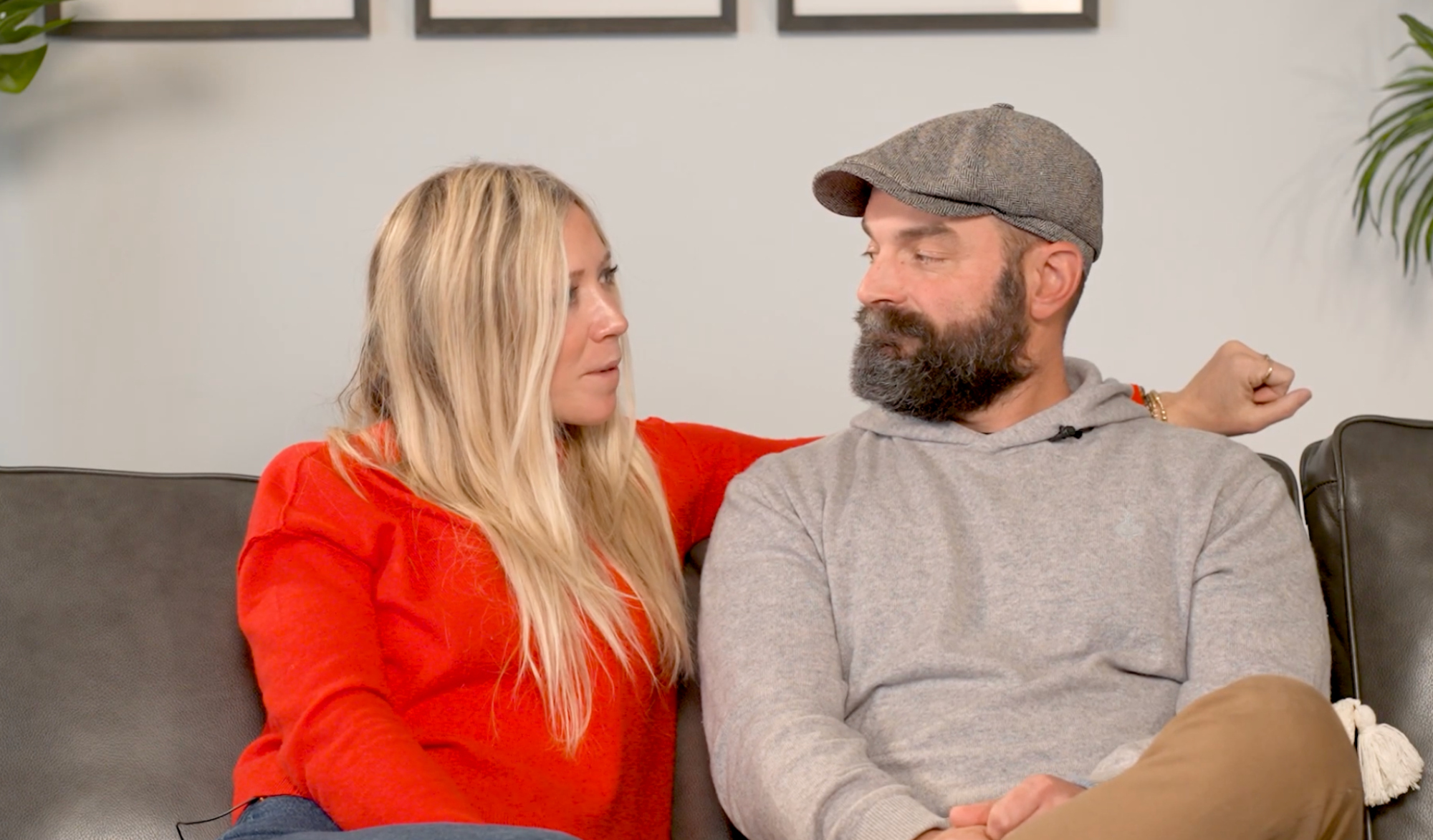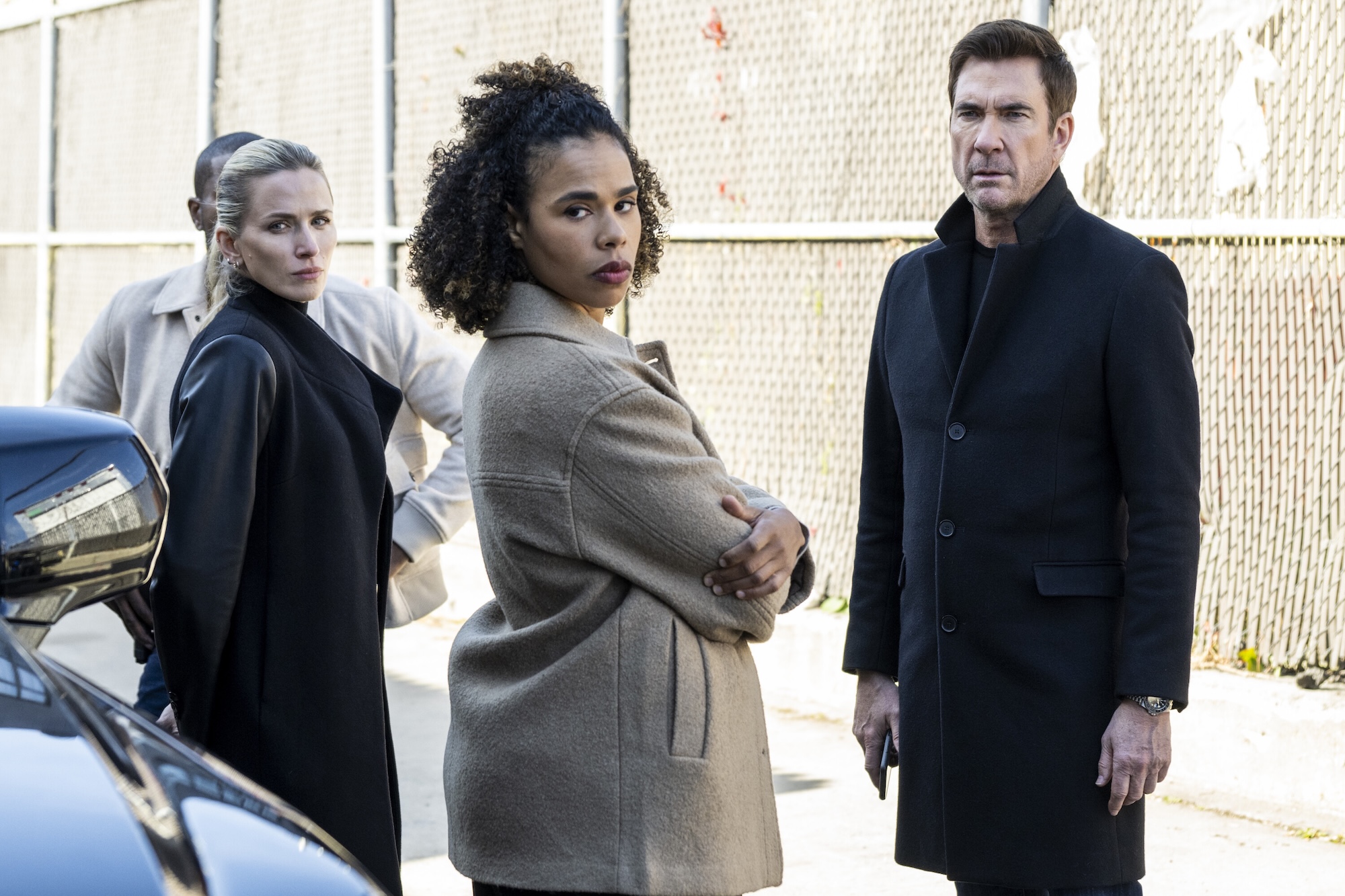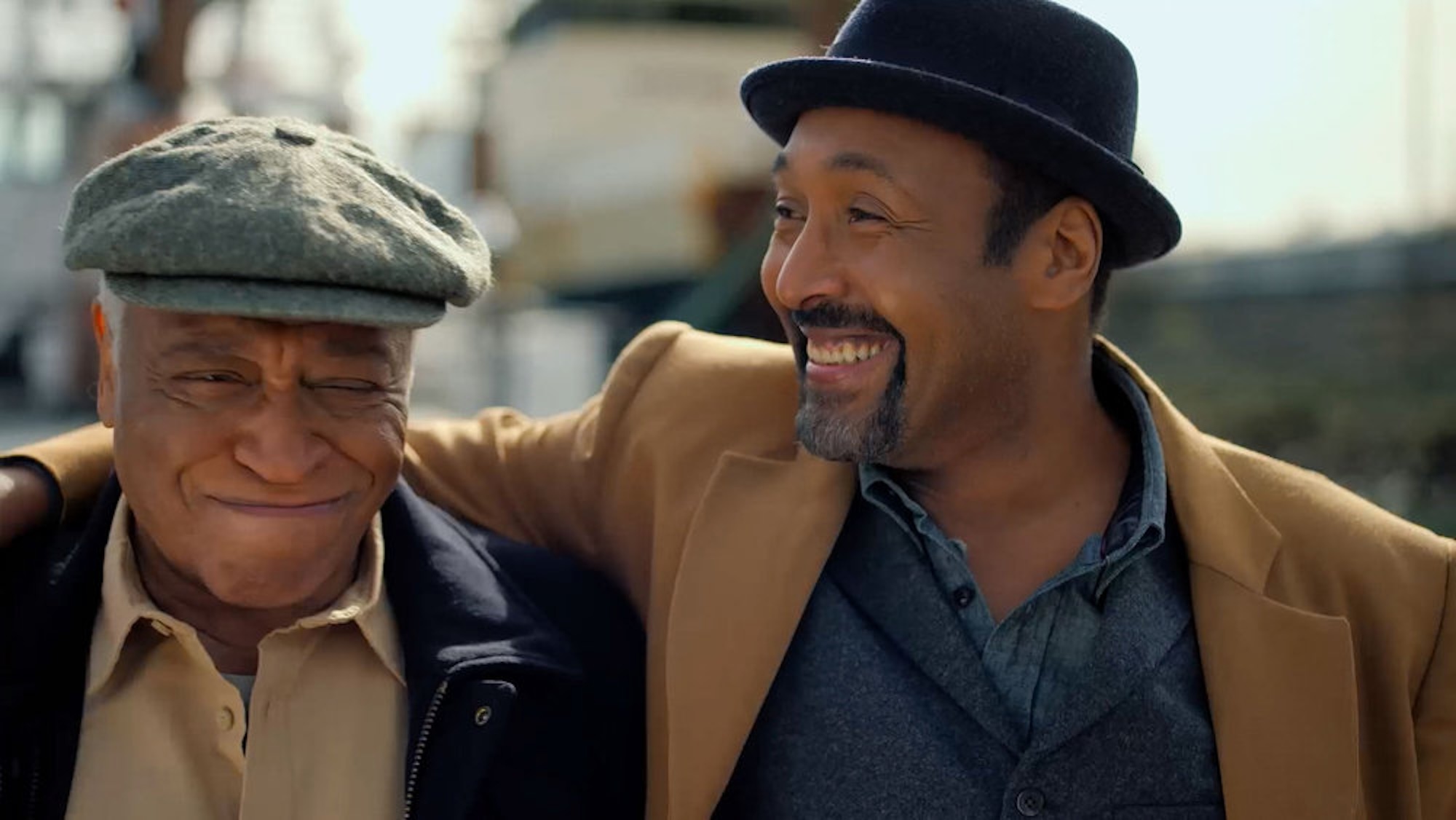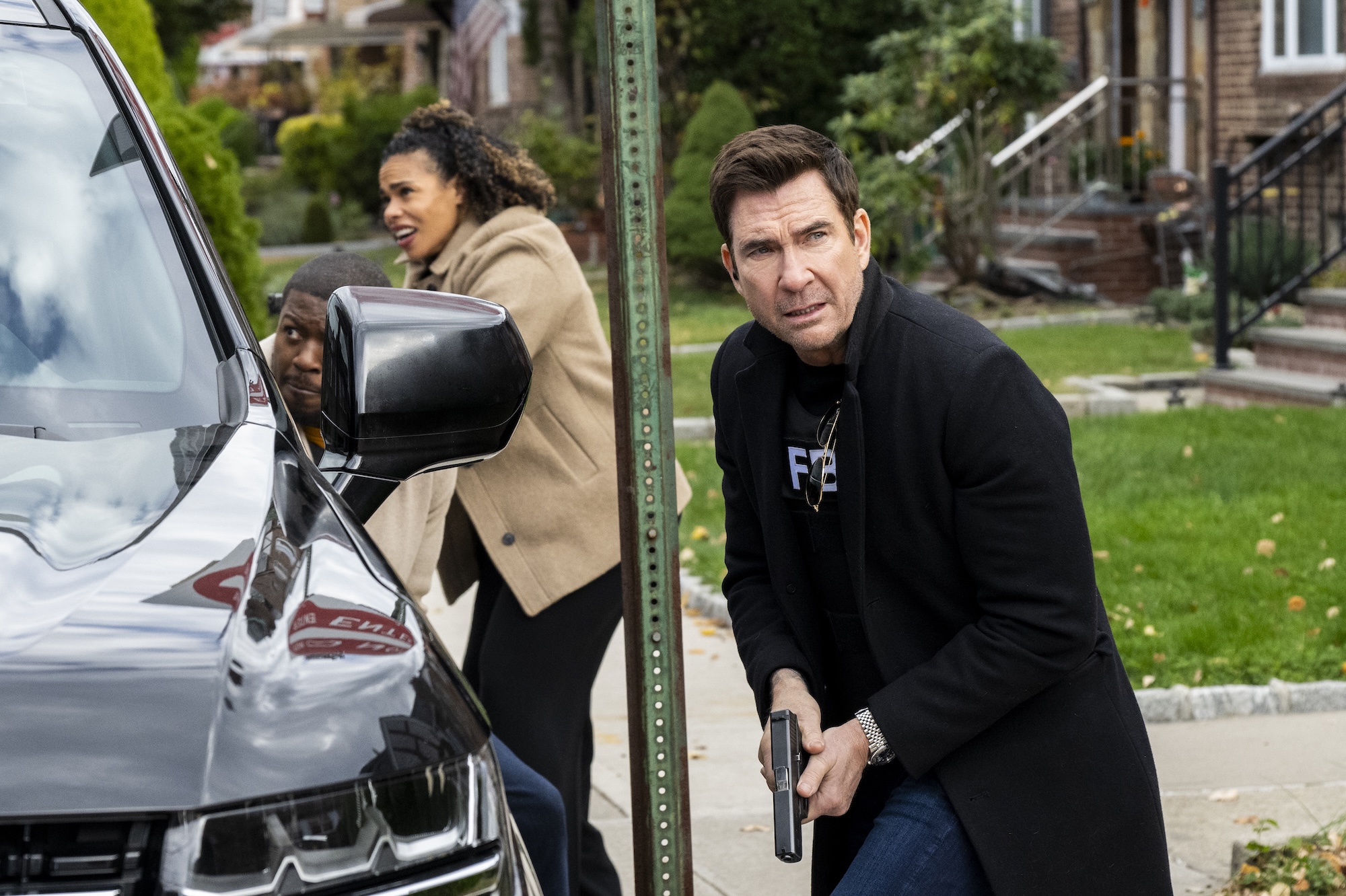‘Pachinko’ Breaks New Ground in Season 2 but Remains True to Its Core
Following a two-year hiatus, Pachinko welcomes back its audience by quickly introducing the central conflict of its second season: World War II.
The Season 2 premiere, which was released on Friday, opens with Koh Hansu (Lee Min-ho) checking on shipments of tungsten, which will be used to help fuel Japan’s continued war efforts. In Osaka, the city’s residents—including Sunja (Minha Kim) and her family—receive an ominous warning from American planes flying above, with their propaganda leaflets urging Japanese citizens to petition the emperor to end the war. As the message explains how the situation will only worsen if Japan refuses to surrender, Pachinko establishes the unnerving tension that hangs over the first half of its gripping, emotional second season.
The critically acclaimed Apple TV+ series builds on the strong foundations of its first season to construct an even better, bolder eight-episode saga in Season 2. Created by Soo Hugh, Pachinko continues with the same storytelling structure it instituted in its first run, splitting its narrative into two timelines following a Korean family’s multigenerational journey. Seven years have passed in the earlier timeline, thrusting Sunja’s story into 1945—the year when the Americans dropped atomic bombs on Hiroshima and Nagasaki. Meanwhile, the later timeline resumes in 1989, with Sunja’s grandson Solomon (Jin Ha) trying to create his own legacy as the country’s economic miracle nears its catastrophic collapse. In this way, Pachinko lurches forward, its characters hurtling toward disparate tragedies across time that only the audience can see coming.
In Season 1, Hugh’s decision to split this sprawling story into two timelines was the show’s biggest departure from its source material. Author Min Jin Lee’s bestselling novel unfolds chronologically, beginning in Yeongdo in 1910 and ending in Tokyo in 1989. Solomon emerges as a protagonist late in the book, long after Sunja follows her husband to Osaka and survives the war. But the Apple TV+ series establishes Solomon as a central character as early as its pilot and concludes his original arc by the end of the eighth episode. In Season 2, Pachinko looks beyond the pages of Lee’s novel and ventures into uncharted territory.
“Chapter Nine” picks up Solomon’s story in the aftermath of his failed business deal, which led to his firing at Shiffley’s and the loss of his work visa to return to the United States at the end of the first season. He now seeks to rebuild his floundering career while concocting his revenge against Katsu Abe (Yoshio Maki), who is trying to ensure that Solomon’s redemption never comes after he failed to secure a plot of land for Shiffley’s and Colton Hotels. With an increased role for Anna Sawai’s Naomi as well, fresh off of the actor’s Emmy nomination for playing Mariko in Shogun, the 1989 timeline is more expansive as it explores the unique challenges that Solomon’s generation faces.
:no_upscale()/cdn.vox-cdn.com/uploads/chorus_asset/file/25588515/Pachinko_Photo_020104.jpg)
Apple TV+
Pachinko cleverly foreshadows the financial crisis that will usher in Japan’s Lost Decades, as people like Solomon’s father, Mozasu (Soji Arai), continue to take out massive loans from banks with little consideration of the potential repercussions. There’s a lot to like in the performances of this era’s ensemble cast, including the one from Oscar winner Youn Yuh-jungas the older Sunja, but—not unlike the show’s previous volume—the later timeline works best as a reflection of the story still unfolding decades earlier.
With the life-or-death stakes looming over each of Sunja’s choices in 1945, it’s hard not to be more invested in the events of the past. (Of course, this lends itself to a question that Pachinko explores in its latter timeline: How can the younger generations’ trials and tribulations compare to the challenges their elders faced?) And the past is where Pachinko truly shines.
Starting with “Chapter Nine,” Pachinko gravitates toward the devastation that awaits Japan at the end of the war, culminating in a standout midseason installment that focuses on Yoseb (Han Joon-woo) as he works at a factory in Nagasaki on August 9, and then advances past it. All the while, the series centers on Sunja as she and her family try to get by. There are new faces, with child actors aging out, along with new characters, including Hansu’s hired hand Kim Chang-ho (Kim Sung-kyu). But Sunja and Hansu continue to drive the series as its two most compelling figures.
:no_upscale()/cdn.vox-cdn.com/uploads/chorus_asset/file/25588516/Pachinko_Photo_020303.jpg)
Apple TV+
By the beginning of the second season, the audience has already been with Sunja since she was a little girl and had a glimpse into who she’ll become later in life. Minha Kim’s version of the character has aged more than a decade on-screen since she was introduced in the pilot, and the actor conveys that growth through the subtle differences in how Sunja now navigates the harsh realities of her world. The wide-eyed naivety of her youth is long gone, replaced by a steadfast determination to provide for her children, even if it means sacrificing her own dreams.
Meanwhile, Hansu is as stylish and menacing as ever, with Lee Min-ho delivering another nuanced performance that turns a character who could’ve been portrayed as a simple villain into a complicated antihero. Together, Sunja and Hansu—and their equally complicated relationship with each other—anchor a story that constantly blurs the lines between right and wrong, good and evil, as they try to survive in a war-torn nation that still looks down on them for being Korean.
With perhaps the exception of the show’s wonderful, updated opening title sequence, what is immediately striking about Pachinko’s new season is how beautifully rendered and immersive its world continues to be. Between the show’s costume and production designs, stunning cinematography, and Nico Muhly’s magical score, the series is as gorgeous and transportive as ever. The show’s tremendous attention to detail extends even to its subtitling, shown in two colors to differentiate Japanese and Korean dialogue. Even before Mariko’s translations became one of the many captivating aspects of FX’s Shogun, Pachinko made subtitles a significant, fascinating narrative device. As Sunja’s sons grow older and attempt to assimilate to Japanese culture in one timeline, just as Solomon does in the other, Pachinko tells a lot about each character through the exact words they use and what tongue they choose to speak them in.
While it’s less pronounced than in the first season, Pachinko still struggles with its ambitious scope at times. With so many decades and characters to cover, the show is constantly pulled in different directions, and it might sacrifice momentum in one timeline to check back in on the other. Even still, the transitions between the two concurrent stories are often seamless, and the way they reveal new dimensions about each other’s characters—and the Baek family at large—makes for dynamic storytelling. It’s a testament to Min Jin Lee’s original text and showrunner Soo Hugh’s adept adaptation that this narrative is so rich and always demanding more.
Pachinko returns with greater confidence in Season 2, taking more risks and venturing beyond the confines of its source material. But at its core, it remains the same beautiful, and often tragic, story about a family’s struggle to adapt and persevere through harrowing times. With the drama intensifying around World War II, Pachinko solidifies itself as one of the most underrated ongoing series on TV, capable of being devastating and healing all at once.







